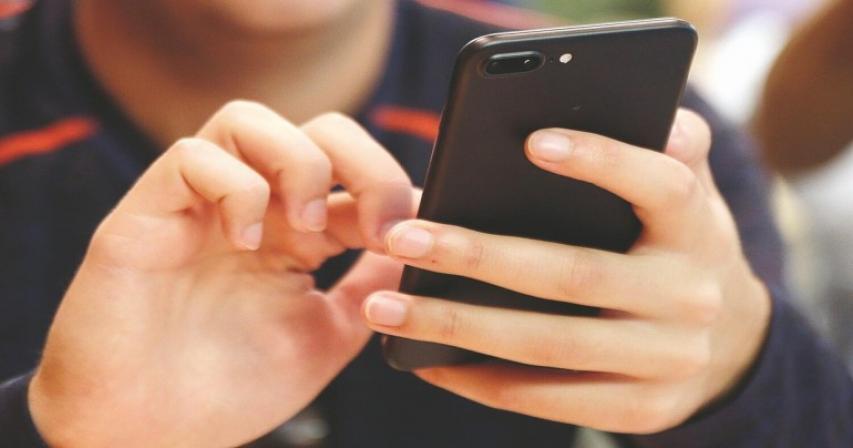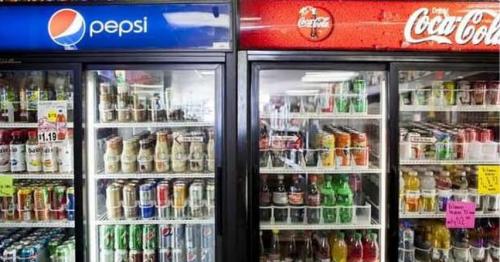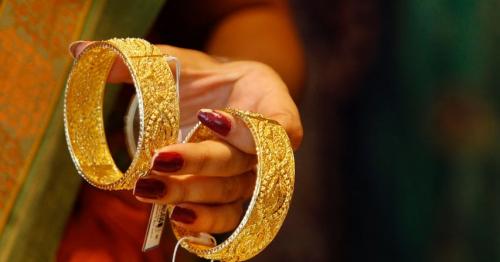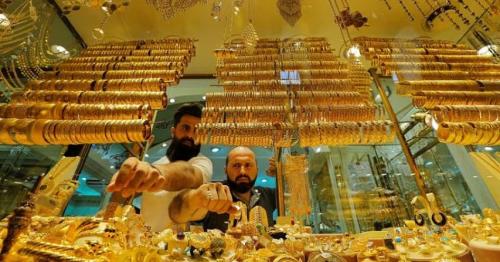Small UAE shops now use payment apps to serve customers who don't carry cash

And if you buy locally, at little shops and pop-ups, be prepared to pay with cash — although that has recently begun to change with digital payment apps.
Small-scale business use cash or long-distance bank wires for payments for a reason: money. A POS terminal that accepts cards, even though it is thousands of dirhams in price — businessmen have to qualify, sign up, and incur monthly fees.
Shawki Zaitoun is a 20-year-old university student who has started small one-off businesses as early as high school. It’s always been a problem for him to make payments over the years.
"The students — in my experience from the previous events — don’t bring cash. I would not have lost on that alone", said Zaitoun, who is now a salesman of his own perfume brand Wardlak and was attending American University of Sharjah (AUS).
His enterprise was a student-run and, as such, mostly limited to events, so he was not qualified to obtain the licence needed to acquire a POS terminal for card payments.
All that changed when his friends introduced him to a mobile money app. Students who visited Zaitoun’s shop were excited about the new system and impressed that he would take digital payment at such a small shop.
"The majority of purchases are already cashless, I think that will be standard one day," he said.
And the 20-year-old was thankful he didn’t get a card reader in the end. "Someone blew into my venue once and broke a good amount of my stock. So I was pretty happy I didn’t have a costly card machine over there.
What the digital payment apps do?
How they work varies from one app to the next but generally speaking it works like this:
A corporate founder downloads the app and registers. For an invoice to receive payment from a client, the owner of the business makes one on the app and enters the amount.
Then the app could create a payment link (where a customer will enter his/her bank details or use a smartphone wallet) or a QR code (which the customer scans).
That money is transferred to the business owner’s bank account.
‘It made a huge difference’
And for Myrna Fandy, the founder of hijab shop Wove, payment was also a problem.
"I got lots of people coming up to me and they were like I have a card reader, they didn’t have cash," Fandy, who is also an interior designer, told me.
She attempted a few popular digital payments but found withdrawal times and customer service long.
A friend of hers had recommended an app, so Fandy gave it a go when she hosted the first few pop-ups in her store. It didn’t have the same experience as in-app payments, so there were a couple of customers who were resistant to using it and eventually, they adjusted.
In a breakdown of her sales, the owner claimed she would have lost a lot of clients if she could only take cash. She had planned for this but she couldn’t find a card reader in the flesh.
"You couldn’t buy a card machine. Get paper, keep it and [work with] banks, it’s just too much".
The UAE’s 100% online shopping revolution is not, Fandy feels, far-fetched. "My friends and I, my dad, we never bring money.






Comments